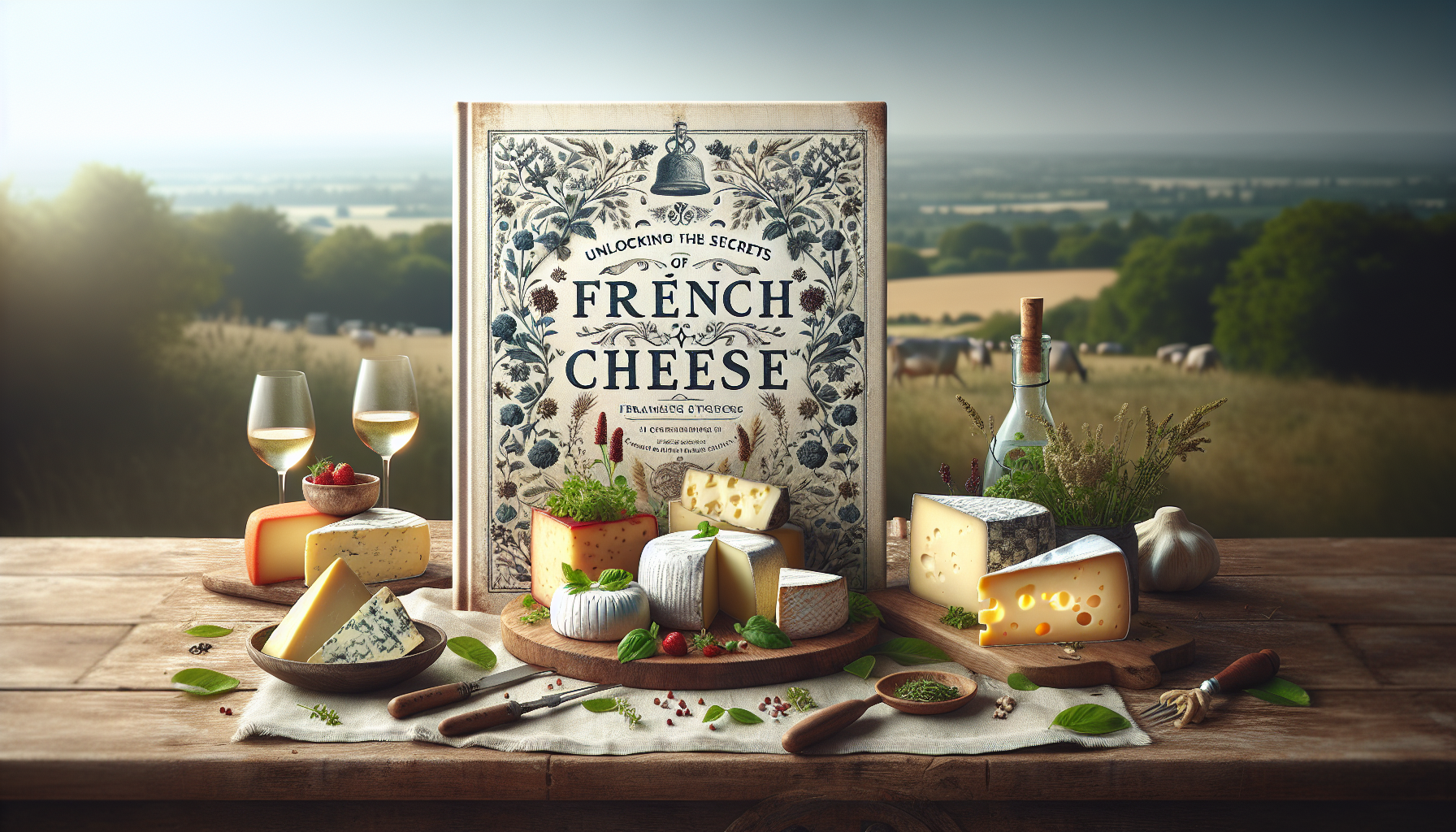Exploring the Art of French Cheese: A Deep Dive into Indulgence
Welcome back, dear readers, to our deliciously immersive dive into the world of sumptuous cuisine. Today, we pivot from our typical gastronomic explorations to uncover the sophisticated realm of French cheese—a world where the humble act of eating transforms into a venerable cultural tradition.
Cheese: A Culinary Staple Across Cultures
Cheese is much beloved in the United States, but it's often treated as a supporting character. Our melting cheese experiences typically involve pizza, mac and cheese, or a hearty sandwich. Even our cheese platters are often adorned with crackers, bread, and an assortment of Instagram-ready accompaniments. Contrast this with France, where diving fork-first into a slice of cheese, devoid of any distractions, is not unheard of. This cultural divergence highlights an intriguing point: The way we view and consume cheese varies significantly between these two lands. John Montez, cheese expert and manager of training at Murray's Cheese in New York, hints that in the U.S., cheese is still often relegated to being an ingredient rather than a standalone star.
But, oh, the magic that happens when you bite into cheese in its purest form! Are you ready to embark on this flavorful journey? Montez believes the best education is through tasting, so with his advice as our map, let's unlock the secrets to assembling a stellar French cheese plate.
Crafting the Ideal French Cheese Plate
Building a great cheese plate is an art, one made easy by adhering to Montez's simple rules. Start with a mindful selection of three to five cheeses to maintain visual allure and satisfactory variety. Odd numbers are often preferred for their aesthetic charm, ensuring your plate leaves a lasting impression before it's devoured.
Imagine your plate as a sensory exploration rich in texture and flavor. Combine a robust hard cheese like Comté, a soft and creamy Brie, and a tangy blue Roquefort. Montez suggests diversifying milk types—perhaps goat, sheep, and cow—each offering a distinct taste and texture that complement one another.
Seasons also whisper suggestions on which cheese to choose. Where spring and summer might call for light, fresh goat cheeses that capture the essence of dewy pastures, autumn and winter invite the depth of flavors found in a mature Brie or Camembert.
And the unmissable tip Montez shares? Enjoy cheese at room temperature. Letting cheese rest outside the fridge elevates its flavor, transforming it from good to magnificent. Ideally, purchase only what you'll consume that day to savor cheese at its freshest, untainted by the cold or any stray refrigerator aromas.
Diverse and Delectable: A Cheesemonger's Recommendations
Now, for some cheese tour highlights. Start with Comté, an Alpine cheese beloved in both France and on the other side of the Atlantic. For an authentic taste of rusticity, look to Tommes de Savoie, revered for its raw edge and the unique tang it picks up from its natural rind. Intrigued by rugged aesthetics? Ossau Iraty, a Basque cheese, offers a mountainous adventure for the palate with its robust sheep's milk base.
In the realm of soft cheeses, unearth delights with a chèvre like Selles-sur-Cher or explore creamy realms with Brillat-Savarin. For those unafraid of bold flavors, venture into the realm of Epoisses, a cheese where gooey texture meets a pungent, satisfying flavor—a true testament to cheese artistry.
Should you find yourself wandering cobbled French streets, there are exclusive treats to savor only there, like the bursting flavors of raw milk cheeses or Mimolette alive with its cheese mites.
The Perfect Pairing: Wine and Accompaniments
No cheese plate is complete without a harmonious drink pairing. French wines naturally cozied next to cheeses from the same regions are a traditional choice, encompassing both terroir and cultural harmonies. For a creative twist, experiment with unexpected matches like a peated Scotch that reveals hidden citrus notes in a delicate chèvre.
While the French often enjoy cheese unaccompanied, a light baguette is a timeless partner, providing the ideal ferry for velvety cheeses. Whether indulging in honey's sweet caress or the savory bite of saucisson sec, the aim is to enhance, not overshadow, your cheese.
Conclusion
Dare to indulge in cheese on its own, and discover a realm of sensational tastes and textures. Embrace the art of unadulterated cheese enjoyment, taking note from the French who treat each wedge as a story to be savored. The flavors speak for themselves, so let them guide your gastronomic journey. Bon appétit!
Reference:
Amanda Suarez, Serious Eats
Serious Eats – How to Build a Great French Cheese Plate
